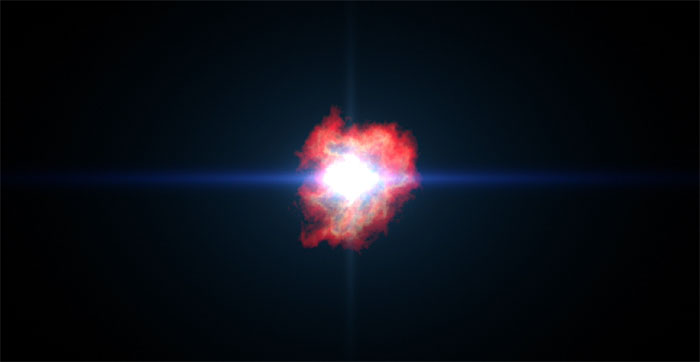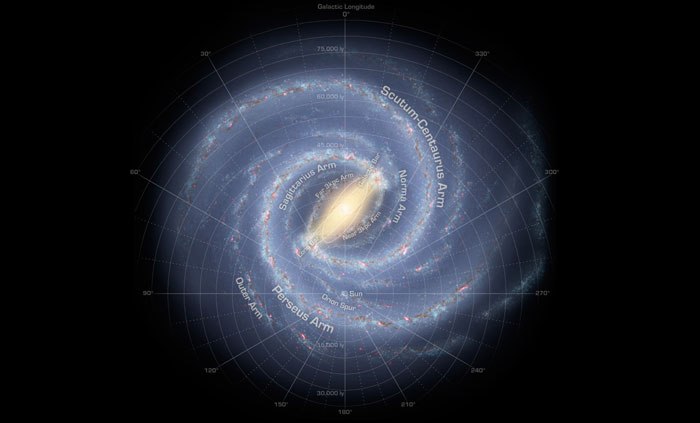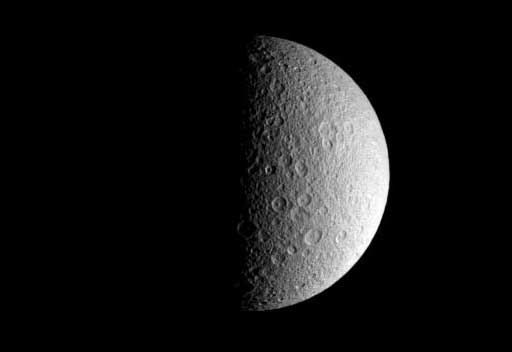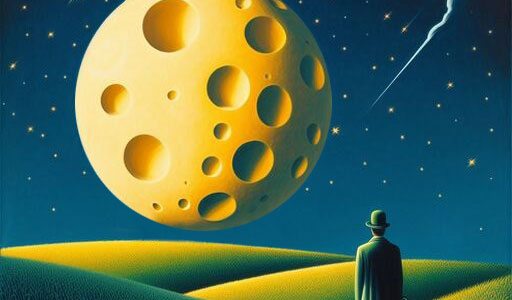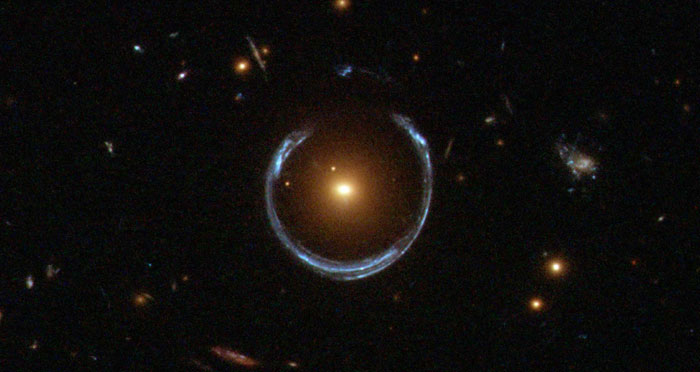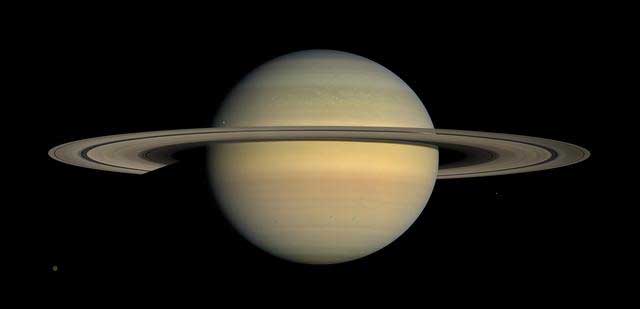A supernova is a spectacular explosion of a massive star. Not very. Astronomers believe that about two or three supernovas occur each century in galaxies like our own Milky Way. Because the universe contains so many galaxies, astronomers observe a few hundred supernovas per year outside our galaxy. Space dust blocks our view of most of the supernovas within the Milky Way.
A supernova is a magnificent, luminous explosion that marks the end of a massive star’s life. These events are relatively rare: only about two or three supernovae occur each century in a galaxy like the Milky Way. Astronomers typically detect only a few hundred supernovae outside our galaxy every year.
Given that the observable universe contains an estimated 2 trillion galaxies, why do astronomers register so few supernovae per year? The reason is that most supernovae occurring in the universe are too faint to be observed. They may be obscured from our view by cosmic dust, or they may be located too far away for present-day telescopes to detect.■
Sources
- What Is a Supernova? | NASA Science
- How Many Galaxies Are There? | Space
- Cosmic census of galaxies updated to 2 trillion | Science News
- How many galaxies are in the Universe? | BBC Science Focus
- How Many Galaxies Are There in the Universe? | Sky & Telescope
- Cover Image: Snapshot of “Supernova with Expanding Shell” by Michael McClare and Dana Berry, Goddard Space Flight Center; available in the NASA Image and Video Library.


